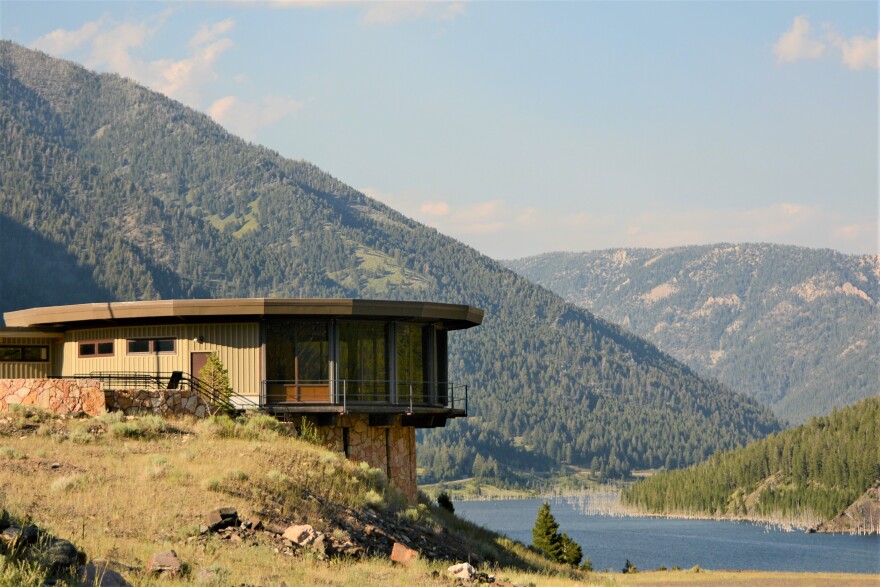August 17th marks the 65th anniversary of the powerful, landscape altering, Hebgen Lake Earthquake.
Yellowstone Public Radio’s Orlinda Worthington has details of the public recognition being held at Earthquake Lake Visitor Center August 16-18.
The 7.5 magnitude earthquake created a landslide that moved at 100 miles per hour in less than one minute. It left behind millions of tons of debris, destroyed cabins and roads, claimed 28 lives and resulted in the formation of Earthquake Lake in the southwest corner of the state.
“It’s significant because it's the largest earthquake in Montana's recorded history. It was also the deadliest.”
Mike Stickney is the Director of the Earthquake Studies Office at Montana Tech University. He is one of the speakers at this weekend’s event reflecting on the catastrophic quake that rattled the region near West Yellowstone in 1959.
“It was a only surface rupturing earthquake during our recorded history that is the fault that slipped broke all the way through to the surface of the earth,” Stickney said.
In 1960, the U-S forest Service set aside a 38-thousand acre parcel of land that encompassed the earthquake area for public education. The Earthquake Lake Visitor Center followed, opening in 1967. Ellen Butler is the manager of the center and says they have many features to help the public understand more about earthquakes.
“Today we have a 20 minute documentary that we show that gives a great overview of the history of the earthquake and the geology behind it. We have a functioning seismograph that shows us real time what's happening underground. The seismograph can pick up earthquakes from all over the world,” Butler said.
While this weekend’s events focus on the state’s biggest earthquake, Mike Stickney says Montana averages about 10 earthquakes a day that mostly go unnoticed.
“There’s just a fundamental law of nature that every time you go down one number on the Richter scale you have about ten times as many earthquakes. So we have lots and lots of little tiny ones and very few large ones,” Stickney said.
Details of the three day event can be found on the Custer Gallatin National Forest’s website and Facebook page.
In Billings, I’m Orlinda Worthington.



